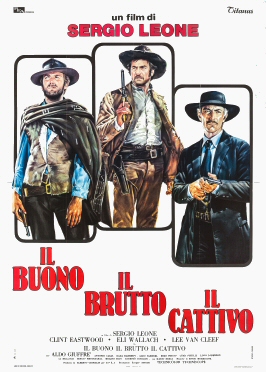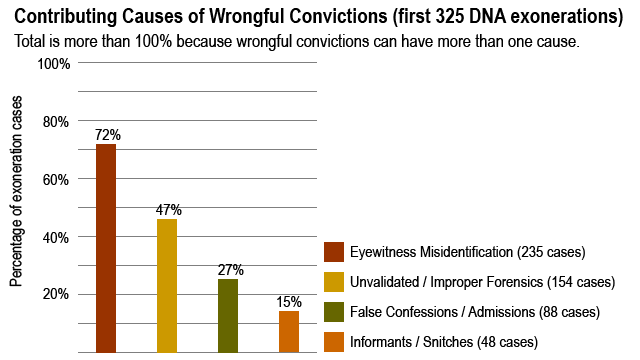I received an email asking me if I was going to post something about the Execution of Larry Swearingen. I said I would. This is the post.
Rather than argue his innocence yet again, I'll simply link to
the Reason article, which is professionally written.
I've not been blogging for what I consider to be many good reasons.
The sun was in my eyes.
The dog ate my last post.
My type of blogging demands nearly all my time.
As a blogger, I've not made any impact. I've done no quantifiable good.
I have finite time left to me, less than most.
I want to help free someone who has been wrongfully convicted.
Blogging won't cut it.
I've blogged. I've written books. I've visited governors. I've visited prosecutors. I've filed informal and formal complaints of misconduct. I've prepared habeas corpus petitions, motions for DNA testing, and civil suits. In all those efforts, I've failed.
Recently, I've turned to testing, attempting to recreate critical aspects of possible wrongful convictions. It started when I obtained exculpatory photographs intentionally withheld from the defense in a case of considerable interest to me. Those photographs prompted me to conduct my own ballistic testing. The test results have helped advance the case to the point that I'm now hopeful that the inmate will eventually be freed.
I'm trying to expedite accelerate miniscully increase the speed of the process by publishing the results and conclusions in a book, tentatively entitled Gunshot Residue Suppressed and A Case of Wrongful Conviction. I offer the tentative abstract as the image below. Click to enlarge.
In the case just abstracted, I've been fortunate to work with two weapons experts who have volunteered their time.
I will self-publish the book, purchase copies, and distribute them to the governor, the prosecutors, the state attorney general, the state public defender, various reporters and others. Even though I have yet to finish the book, the information that we have learned has already helped advance the case considerably.
If this recreate-and-reveal process works, then I will consider applying it to other cases of interest to me.
If I pursue the Preston Hughes case in similar fashion, I might be stabbing analog necks with various blades. I might perhaps be compiling a database of survival times of people with severed carotids.
If I pursue an alleged arson-murder case of interest to me, I might be recreating a home electrical circuit that catches fire.
If I purse the Swearingen case, I might be testing the rate at which stomach contents decay, in December, in a Texas forest. Alternatively, I might be cutting one leg from many pairs of panty hose.
If there is any reader out there who might be skilled in such testing, or skilled in obtaining case documents, and interested in volunteering multitudinous hours in a probably futile effort to correct or expose an injustice, feel free to contact me at the Skeptical Juror email address.
I'll prepare for the deluge.












